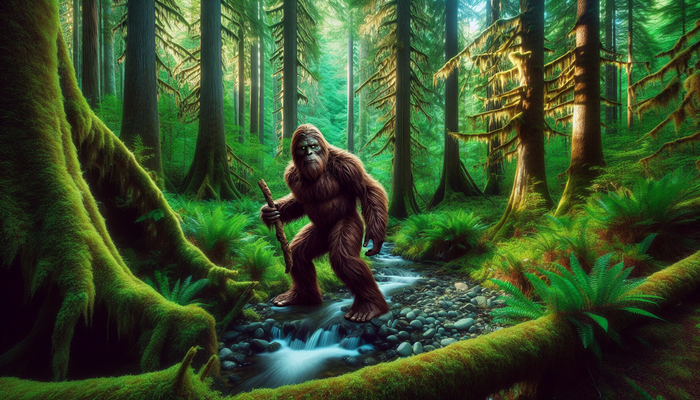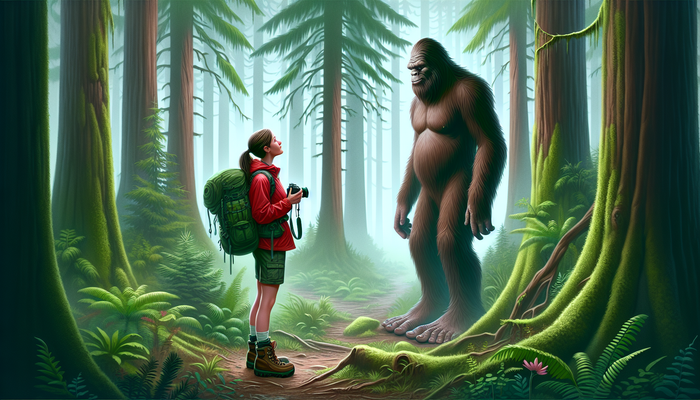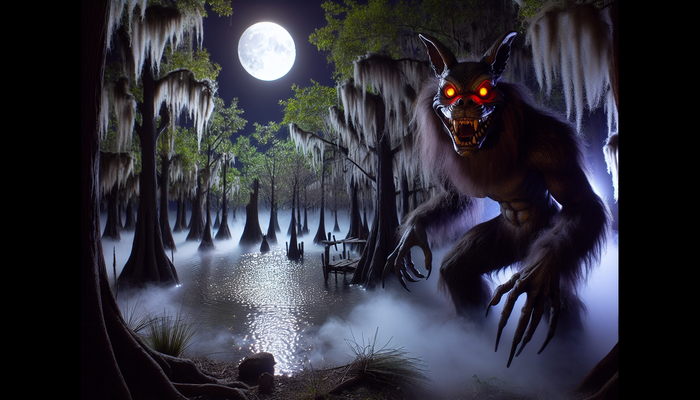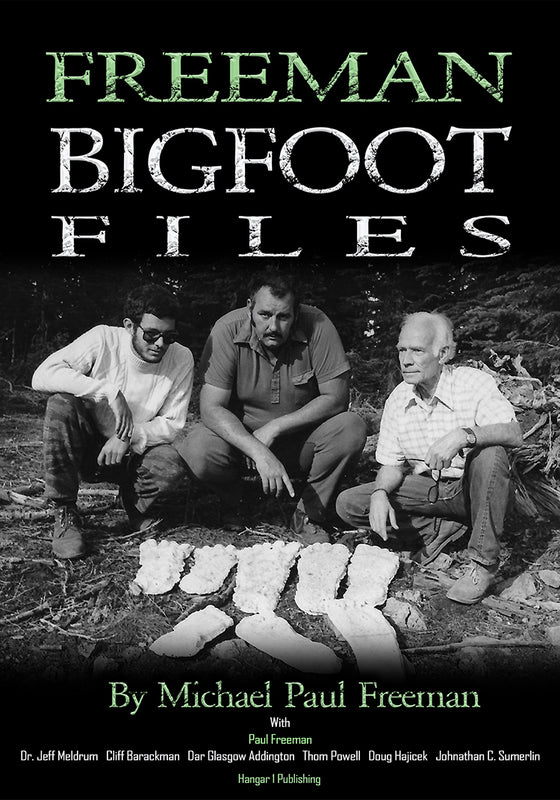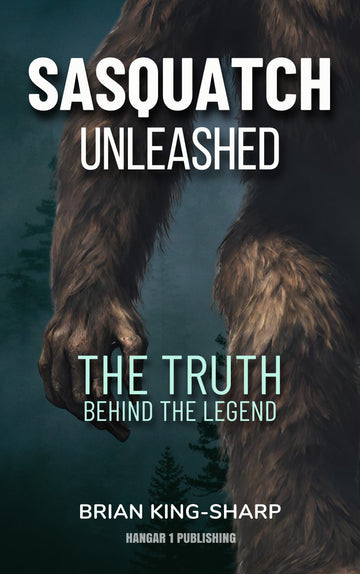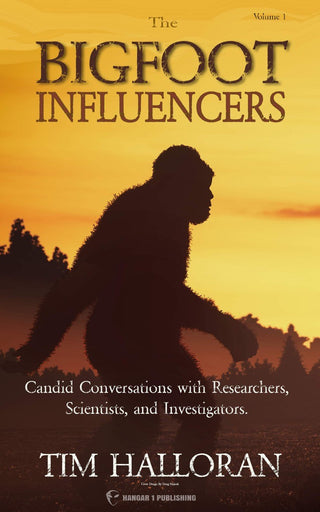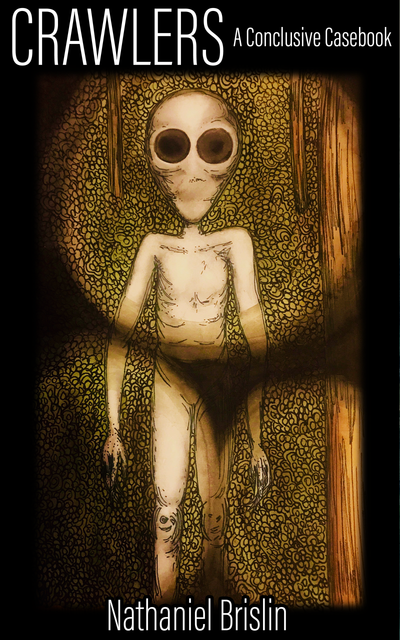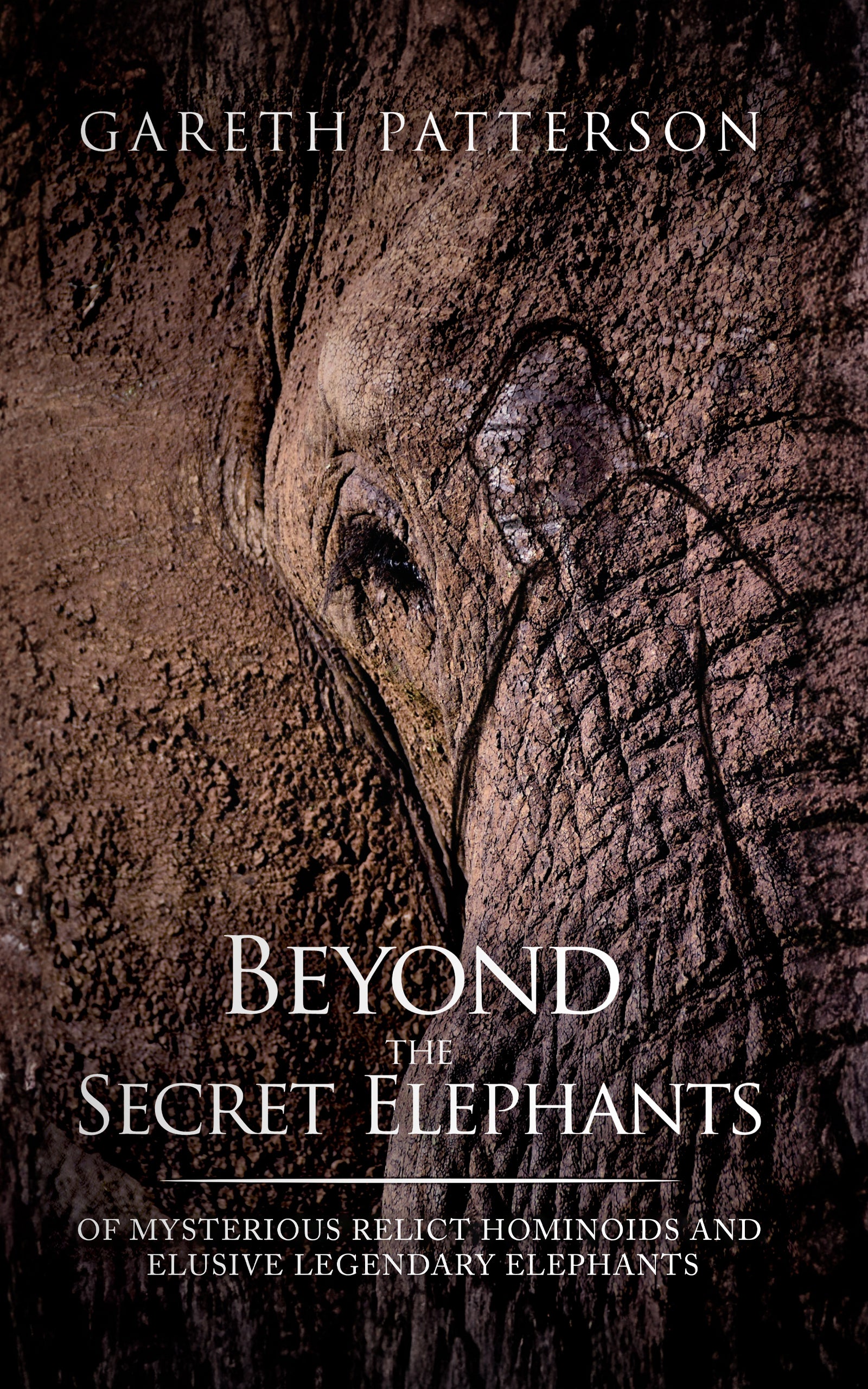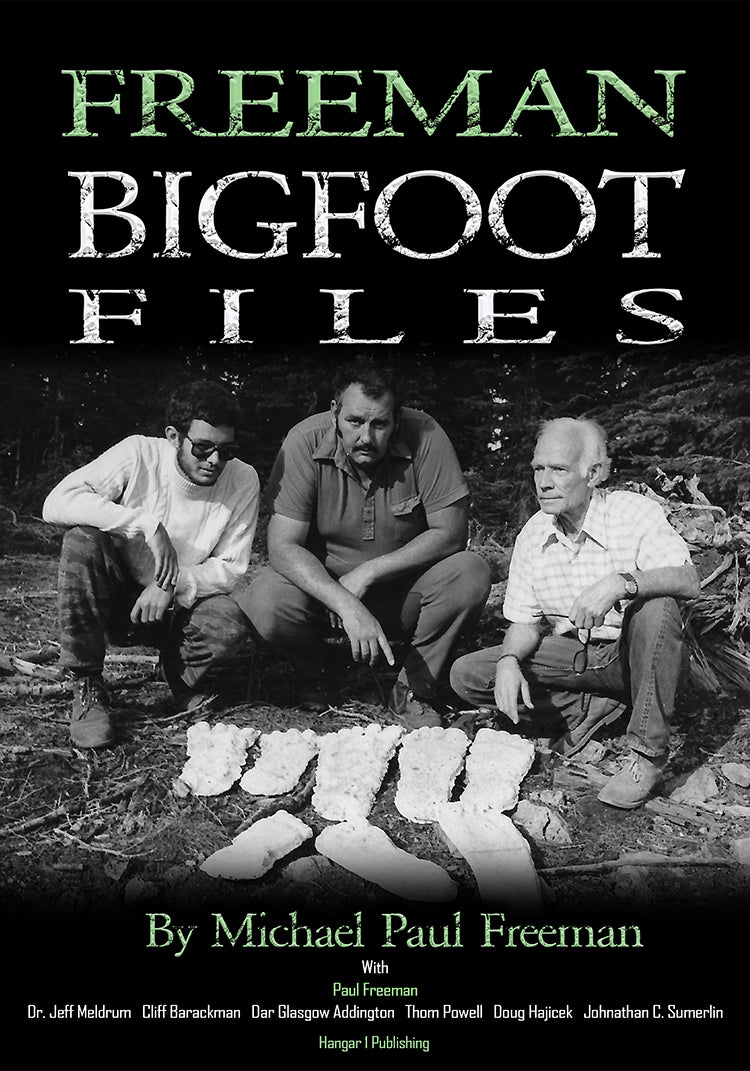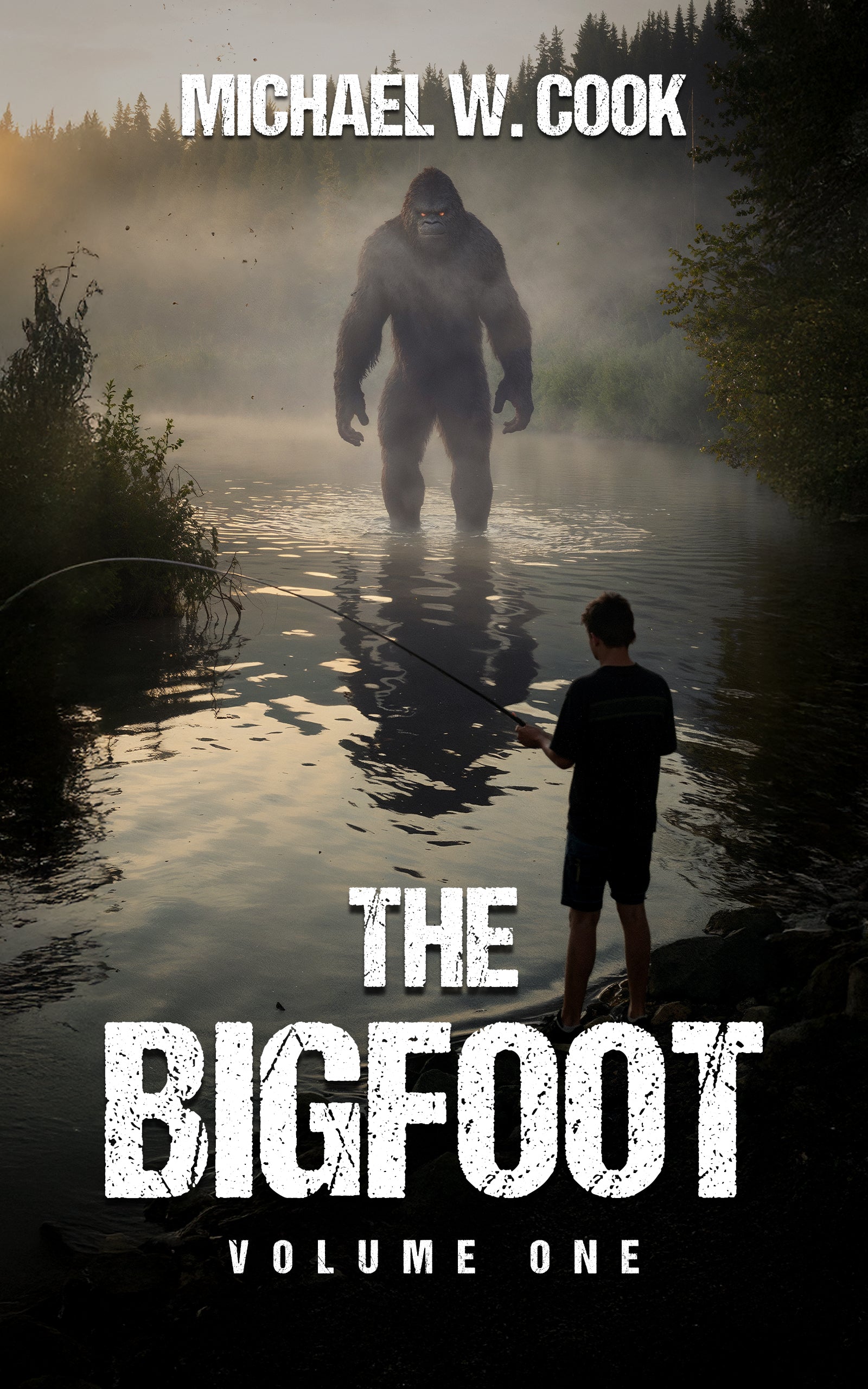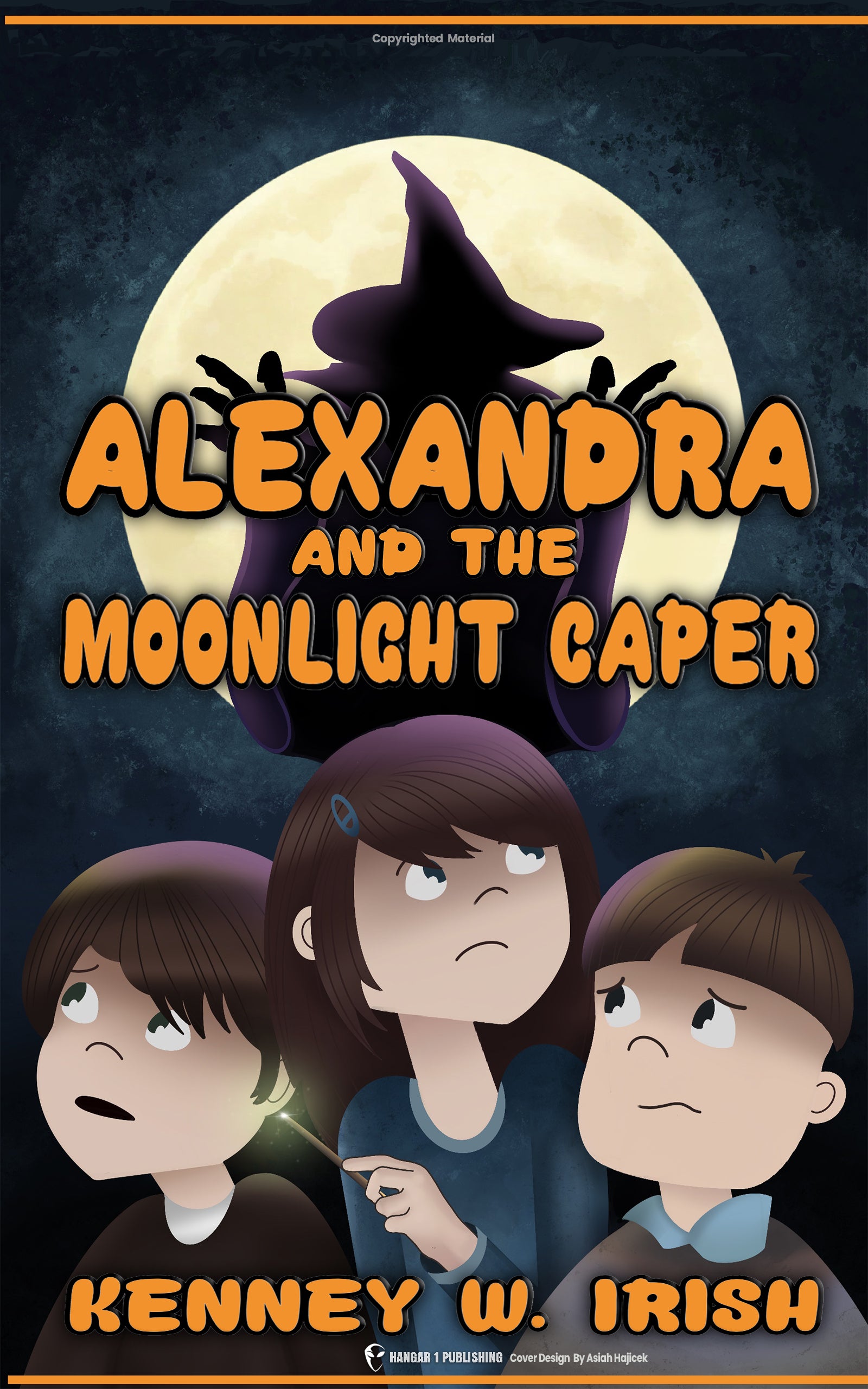North Carolina Cryptids: From Bigfoot to the Beast of Bladenboro
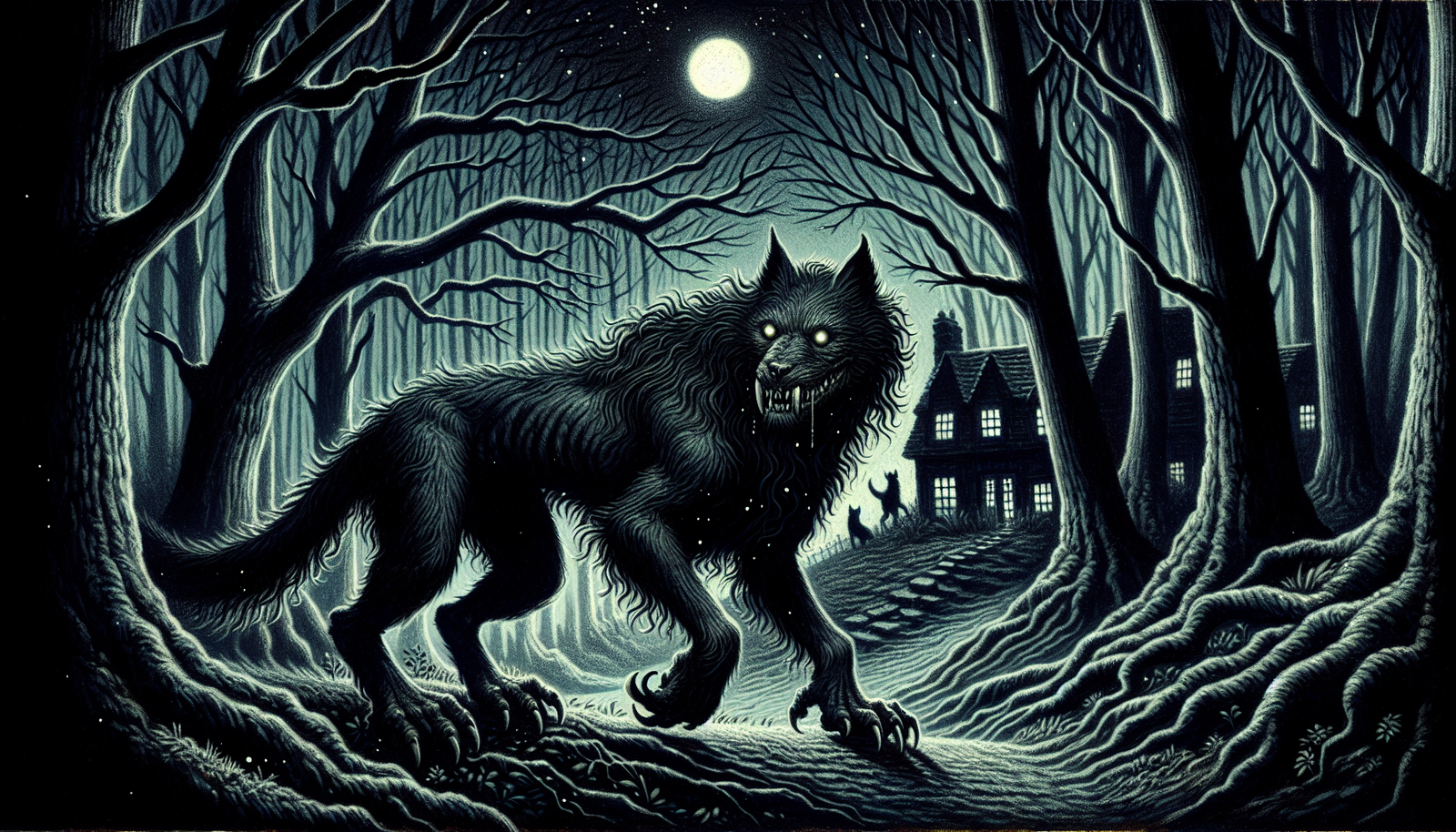
By Oliver Bennett, Bigfoot Researcher and Teacher
In the misty mountains and shadowy forests of North Carolina, tales of mysterious creatures have captivated the imaginations of locals and visitors alike for generations. These enigmatic beings, known as cryptids, have woven themselves into the fabric of the state's rich folklore, leaving behind a trail of intrigue and wonder. As a researcher and writer with a deep fascination for the unexplained, I have long been drawn to the allure of North Carolina's cryptids and the stories that surround them.
North Carolina boasts a diverse array of cryptid sightings and legends, each with its own unique flavor and history. From the elusive Bigfoot roaming the Appalachian Mountains to the blood-draining Beast of Bladenboro terrorizing a small town, these tales have endured the test of time, passed down from generation to generation. They have become an integral part of the state's cultural heritage, reflecting the hopes, fears, and dreams of its people.
In this article, I invite you to join me on a captivating journey through the mysterious realm of North Carolina cryptids. Together, we will explore the most intriguing and well-known creatures that have left an indelible mark on the state's folklore. We will delve into their stories, examine the evidence surrounding their existence, and ponder the reasons behind their enduring appeal. Whether you are a skeptic or a believer, this exploration of North Carolina's cryptids promises to be an enlightening and entertaining adventure.
Bigfoot: The Elusive Ape-Man of the Appalachians
No discussion of North American cryptids would be complete without mentioning the legendary Bigfoot, also known as Sasquatch. This towering, ape-like creature has captured the imagination of people across the continent, with reported sightings dating back centuries. Described as a large, bipedal humanoid covered in dark hair, Bigfoot is said to inhabit the remote forests and mountains of North America, leaving behind massive footprints and sparking countless debates about its existence.
North Carolina, particularly the western region of the state, has long been a hotspot for Bigfoot activity. The dense forests and rugged terrain of the Appalachian Mountains provide an ideal habitat for this elusive creature, and over the years, numerous sightings have been reported by hikers, hunters, and residents alike. One of the most active areas for Bigfoot encounters is the Uwharrie National Forest, a vast expanse of wilderness spanning over 50,000 acres in the heart of the state.
In recent years, the Bigfoot 911 research group has been at the forefront of investigating Bigfoot sightings in North Carolina. Founded by dedicated researchers and enthusiasts, this organization has conducted numerous expeditions and gathered compelling evidence that has reignited interest in the creature's existence. One of their most notable sightings occurred in 2017 near Lake James in McDowell County, where a member of the group claimed to have encountered a large, bipedal creature covered in hair. This sighting sparked a flurry of activity and media attention, putting North Carolina's Bigfoot phenomenon back in the spotlight.
The growing interest in Bigfoot has also given rise to events like the WNC Bigfoot Festival, held annually in the town of Marion. This celebration of all things Sasquatch brings together researchers, enthusiasts, and curious onlookers from across the country. The festival features presentations by renowned Bigfoot experts, vendor booths selling Bigfoot-themed merchandise, and even a Bigfoot calling contest. The event not only showcases the enduring fascination with this cryptid but also highlights the important role that Bigfoot plays in North Carolina's cultural landscape.
The Beast of Bladenboro: A Vampire in the Night
In the 1950s, the small town of Bladenboro, North Carolina, found itself gripped by terror as a series of bizarre and gruesome animal attacks unfolded. The culprit, dubbed the "Beast of Bladenboro" or the "Vampire Beast," left a trail of mutilated dogs, goats, and other small animals in its wake. Eyewitnesses described the creature as a hybrid of a dog and a cat, with a long tail and vampire-like features that sent chills down the spines of the town's residents.
The attacks began in late December 1953, when a local farmer discovered the mangled remains of his prized hunting dogs. The bodies of the animals were found drained of blood, with deep gashes and bite marks that suggested a vicious and powerful predator. As news of the attacks spread, more reports of slain animals began to surface, each one more disturbing than the last. The town was gripped by fear, with many residents refusing to venture outside after dark.
Eyewitness accounts of the Beast of Bladenboro varied, but most described a creature that defied conventional explanation. Some claimed it had the body of a large dog, with the head and face of a cat. Others reported seeing a long, serpentine tail and glowing, red eyes that pierced the darkness. The beast's movements were said to be swift and silent, allowing it to strike without warning and disappear into the night.
As the attacks continued, local authorities and concerned citizens organized hunting parties to track down and kill the Beast of Bladenboro. Armed with rifles and accompanied by trained dogs, these brave individuals combed the surrounding woods and fields, hoping to put an end to the creature's reign of terror. Despite their best efforts, the Beast managed to elude capture, leaving behind only the gruesome remains of its victims.
Theories about the true identity of the Beast of Bladenboro have abounded in the decades since the attacks. Some believe it may have been a particularly large and vicious bobcat or coyote, while others speculate that it could have been a previously unknown species of predator. There are even those who suggest that the Beast was something far more sinister, a supernatural entity or a creature of legend that had somehow manifested in the real world.
Regardless of its true nature, the Beast of Bladenboro has left an indelible mark on the folklore of North Carolina. Its story has been passed down through generations, inspiring fear and fascination in equal measure. Today, the town of Bladenboro embraces its cryptid heritage, hosting an annual "Beast Fest" that celebrates the legend of the Vampire Beast and attracts visitors from far and wide. The Beast of Bladenboro remains a testament to the enduring power of mystery and the human imagination.
Normie: The Lake Norman Monster
Nestled in the heart of North Carolina, Lake Norman is a vast man-made reservoir that has long been a popular destination for boaters, fishermen, and water enthusiasts. However, beneath the lake's placid surface, a mysterious creature is said to lurk, known locally as "Normie" or the Lake Norman Monster. This enigmatic beast has captured the imagination of residents and visitors alike, sparking countless debates about its existence and origins.
The creation of Lake Norman in the 1960s was a massive undertaking that involved the flooding of a large area, submerging entire communities, farms, and even a town beneath its waters. As the lake filled, it swallowed up houses, churches, and other structures, creating an eerie underwater landscape that has fascinated divers and fueled speculation about what may lie hidden in its depths. Some believe that Normie, the lake's resident cryptid, may have taken up residence in this sunken realm, emerging from time to time to tantalize and terrify those who catch a glimpse of its serpentine form.
Sightings of Normie have been reported since the early days of Lake Norman's existence, with witnesses describing a large, aquatic creature that defies easy classification. Some accounts suggest that Normie resembles a sturgeon, with a long, slender body and a distinctive snout. Others claim that it has the appearance of an alligator, with scaly skin and powerful jaws. Still, others believe that Normie may be something else entirely, a prehistoric relic or an unknown species that has managed to evade scientific discovery.
One of the most intriguing aspects of the Normie legend is the creature's potential connection to the submerged town and communities that lie beneath Lake Norman's surface. Some speculate that Normie may have been a resident of the area long before the lake was created, perhaps living in the rivers and streams that once flowed through the region. As the waters rose and the landscape was transformed, Normie may have adapted to its new environment, finding shelter in the sunken structures and feeding on the abundant fish populations that thrive in the lake's depths.
Despite numerous attempts to capture evidence of Normie's existence, the creature remains elusive, with no definitive proof of its presence in Lake Norman. However, the lack of concrete evidence has done little to dampen the enthusiasm of those who believe in the Lake Norman Monster. Many locals and visitors continue to keep a watchful eye on the water, hoping to catch a glimpse of this mysterious beast and perhaps unravel the secrets of its origins and true nature.
The legend of Normie has become an integral part of Lake Norman's cultural identity, inspiring local artwork, festivals, and even a minor league baseball team named the "Lake Norman Copperheads." The creature's enduring appeal serves as a testament to the power of mystery and the human fascination with the unknown. Whether Normie is a genuine cryptid, a case of misidentification, or simply a product of overactive imaginations, its presence in the folklore of North Carolina has enriched the state's already colorful tapestry of legends and tales.
The Boojum: A Lovesick Sasquatch of the Smokies
In the misty peaks and lush valleys of the Smoky Mountains, a peculiar legend has taken root, telling of a lovelorn creature known as the Boojum. This enigmatic being, said to inhabit the wilderness near the town of Waynesville, is a curious blend of Bigfoot-like characteristics and a romantic streak that sets it apart from other cryptids in North Carolina folklore. The Boojum's tale is one of longing, love, and the enduring power of the human spirit.
The origins of the Boojum legend can be traced back to the early 20th century when a wealthy developer named S.C. Satterthwait built the luxurious Eagle's Nest Hotel high in the mountains near Waynesville. Despite the hotel's opulent amenities and breathtaking views, it soon became plagued by rumors of a strange, hairy creature that lurked in the surrounding forests. This creature, which came to be known as the Boojum, was described as a towering, shaggy humanoid, standing seven to eight feet tall and possessing an unusual fondness for collecting shiny objects, particularly the gemstones that were abundant in the area.
What sets the Boojum apart from other Bigfoot-like creatures is its purported romantic inclinations. According to local lore, the Boojum was not content to simply wander the mountains alone; it yearned for companionship and was known to spy on unsuspecting women as they bathed in the clear mountain streams and rivers. While most women were said to flee in terror upon spotting the Boojum's looming form, one young lady, known as Annie, reacted differently. The legend holds that when Annie locked eyes with the Boojum, she saw not a monster, but a lonely soul filled with a deep sadness and longing. In that moment, a bond was formed, and the two fell in love.
The tale of Annie and the Boojum has become a cherished part of North Carolina mountain folklore, a testament to the power of love to transcend boundaries and bridge the gap between the human and the unknown. Some versions of the story even suggest that the couple married, living together in the remote reaches of the Smoky Mountains. The Boojum and Annie were said to communicate with each other through a series of hoots and calls, a sound that echoes through the forests to this day and has given rise to the term "hootenanny," though the true origins of this word remain a matter of debate.
The legend of the Boojum has left an indelible mark on the cultural landscape of western North Carolina, inspiring local artwork, literature, and even a brewery in Waynesville that bears the creature's name. The Boojum's tale serves as a reminder that even in the realm of cryptids and the unknown, there is room for love, compassion, and the enduring power of the human spirit. Whether the Boojum is a genuine creature, a figment of collective imagination, or a metaphor for the longing that resides within us all, its presence in North Carolina folklore has enriched the state's already vibrant tapestry of legends and tales.
The Moon-Eyed People: Cherokee Little People of the Appalachians
Deep within the mist-shrouded valleys and ancient forests of the Appalachian Mountains, whispers of a mysterious race of beings have echoed through the centuries. Known as the Moon-Eyed People or the Cherokee Little People, these enigmatic creatures have long been a part of the rich folklore and oral traditions of the Cherokee Nation. Their tales, passed down from generation to generation, speak of a diminutive, pale-skinned people who lived in harmony with the land long before the arrival of European settlers.
Cherokee legends paint a vivid picture of the Moon-Eyed People, describing them as standing no taller than three feet, with skin as white as the moon and eyes that were large and round, sensitive to the light of day. These nocturnal beings were said to inhabit the deep caves and hidden recesses of the mountains, emerging only under the cover of darkness to forage for food and interact with the Cherokee people. Some stories even suggest that the Moon-Eyed People possessed magical abilities and held a deep knowledge of the natural world that they shared with their Cherokee neighbors.
The relationship between the Cherokee and the Moon-Eyed People was a complex one, with tales of both peaceful coexistence and occasional conflict. Some legends speak of the Little People as helpful allies, guiding lost children back to their homes and sharing their wisdom with those who sought their counsel. Other stories, however, hint at a darker side to the Moon-Eyed People, with accounts of mischievous or even malevolent behavior, such as leading travelers astray or playing tricks on the unwary.
One of the most intriguing pieces of evidence supporting the existence of the Moon-Eyed People is a strange stone statue discovered in the early 19th century near the town of Murphy, North Carolina. The statue, which stands approximately three feet tall, depicts a humanoid figure with distinctively large eyes and a round, moon-like face. Some researchers believe that this artifact, now housed in the Cherokee County Historical Museum, may be a representation of one of the Moon-Eyed People, carved by the ancient inhabitants of the region.
The significance of the Moon-Eyed People in Cherokee folklore and North Carolina history cannot be overstated. These enigmatic beings serve as a reminder of the rich cultural heritage of the Appalachian region and the enduring power of oral traditions to preserve the memories and beliefs of indigenous peoples. The tales of the Moon-Eyed People also offer a glimpse into the complex relationships between different cultures and the ways in which these interactions have shaped the landscape and identity of North Carolina over the centuries.
While the true nature of the Moon-Eyed People remains a mystery, their presence in Cherokee folklore and the broader tapestry of North Carolina's cryptid lore serves as a testament to the enduring fascination with the unknown and the unexplained. Whether the Moon-Eyed People were a genuine race of diminutive, pale-skinned beings, a product of collective imagination, or a metaphor for the mysteries that lie hidden within the Appalachian Mountains, their tales continue to captivate and inspire those who seek to unravel the secrets of North Carolina's rich and diverse history.
From Bigfoot to UFOs: Hangar 1 Publishing Has You Covered!
Explore Untold Stories: Venture into the world of UFOs, cryptids, Bigfoot, and beyond. Every story is a journey into the extraordinary.
Immersive Book Technology: Experience real videos, sights, and sounds within our books. Its not just reading; its an adventure.


